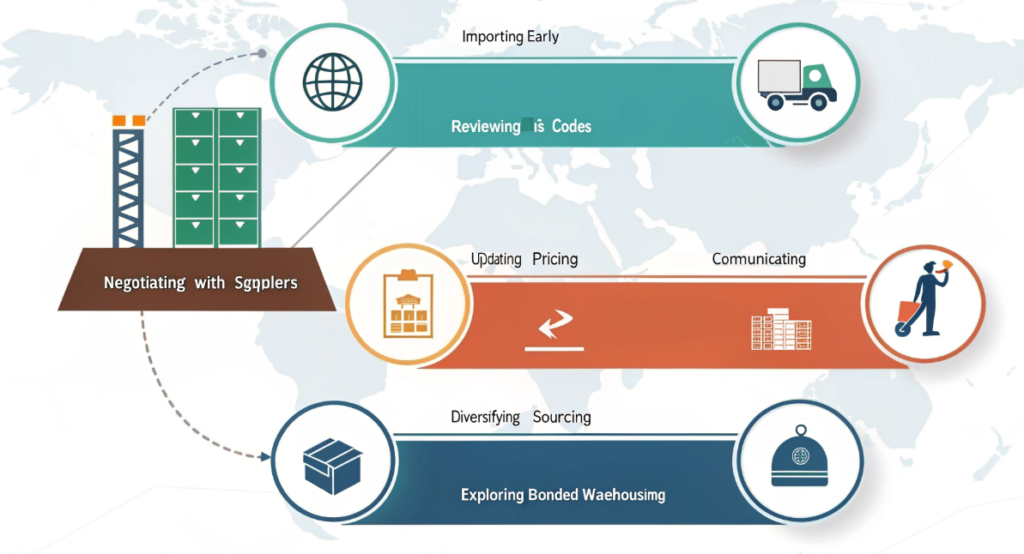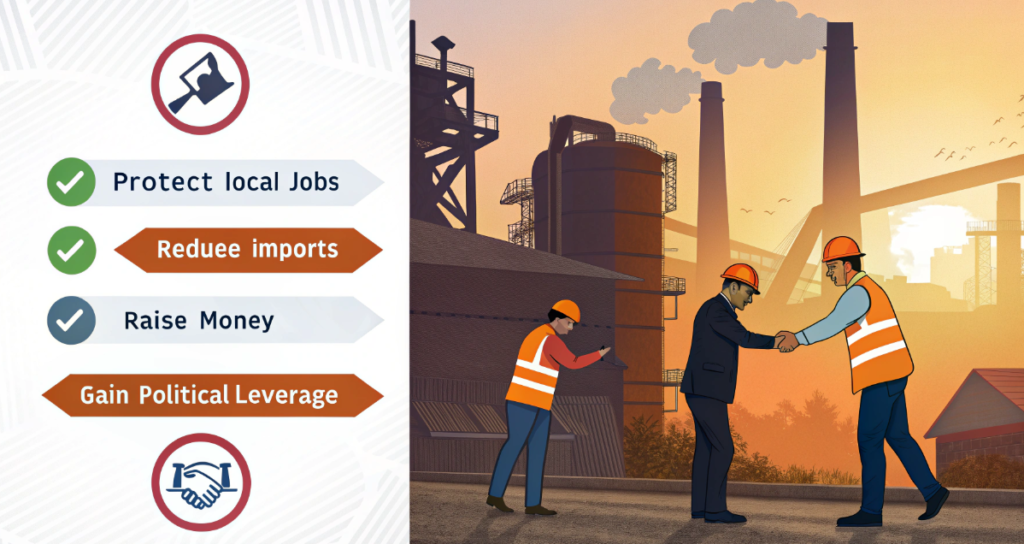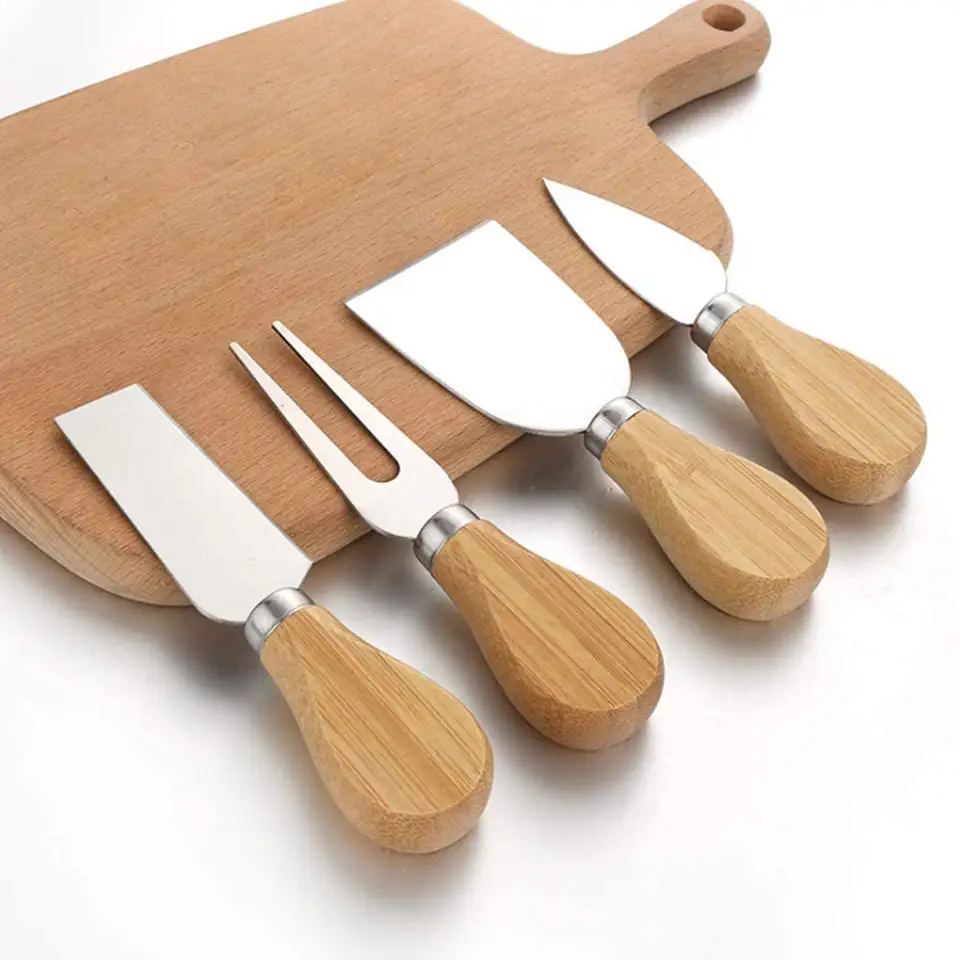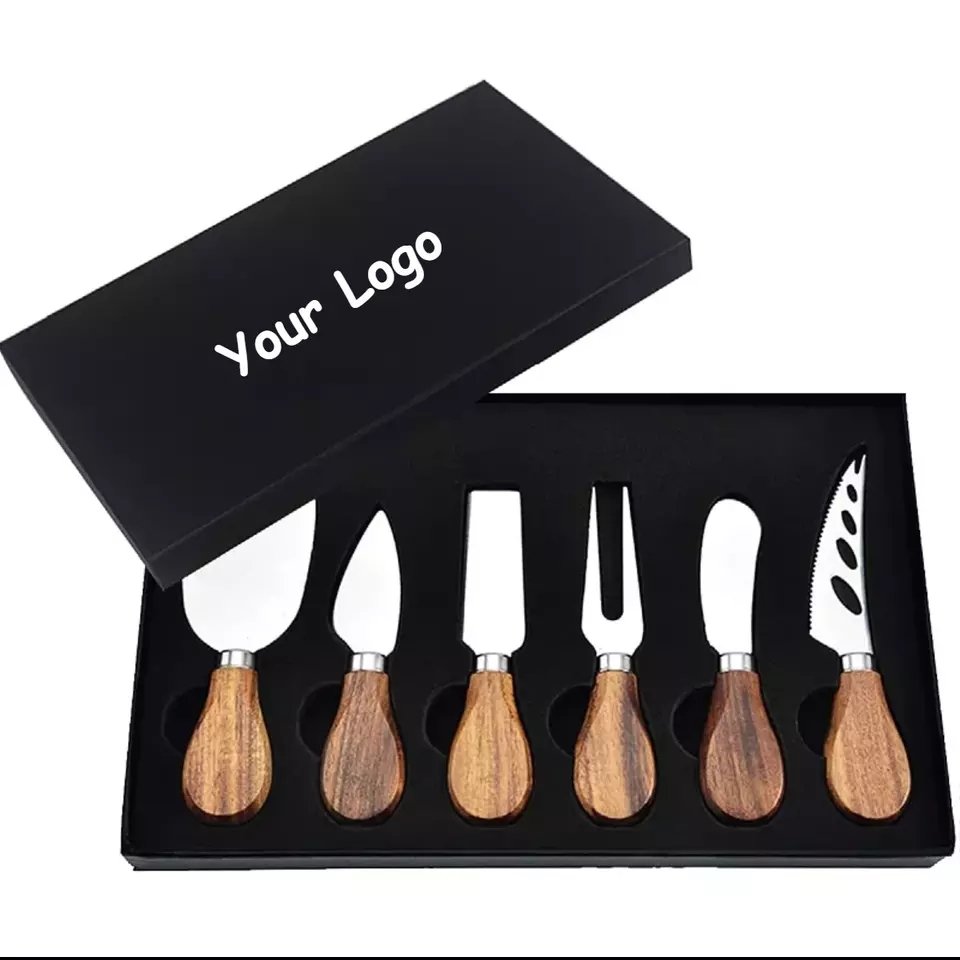The new US tariffs are shaking up the cutlery business. Many importers feel confused and anxious about what’s next.
The 2025 US tariffs will impact various cutlery items, increase landed costs, and require quick action from importers to protect profit margins.
New rules mean new costs. If you import cutlery into the US, it’s time to sit down and take a close look. In this article, I’ll break things down in simple terms so you know exactly what’s happening, how it affects your business, and what steps you should take right now. Let’s dive in.
Table of Contents
Which cutlery items are affected by new tariffs?
Many importers didn’t expect stainless steel forks and knives to be targeted. But here we are.
The affected items include stainless steel forks, knives, spoons, serving sets, and flatware made from high-grade steel alloys.
There is no one-size-fits-all answer, because the list changes based on material, HS code, and whether the product is finished or semi-finished. Let’s break it down.
📌 Commonly Affected Cutlery Categories
| Item | HS Code | Tariff Change | Notes |
|---|---|---|---|
| Stainless Steel Forks | 8215.20.00 | +15% | Includes polished or brushed finish |
| Stainless Steel Knives | 8211.91.90 | +20% | Covers both kitchen and table knives |
| Spoons | 8215.99.00 | +10% | Applies to dessert, soup, and teaspoons |
| Cutlery Sets | 8215.10.00 | +12% | Full boxed sets are included |
| Flatware Accessories | 8215.99.50 | +18% | Like tongs, ladles, serving pieces |
You’ll need to double-check the HTS (Harmonized Tariff Schedule) codes on your import docs. That’s what US Customs uses to apply these duties.
🧩 Why these items?
The US government argues that cheap imports are undercutting domestic manufacturing. They say it’s about national interest, economic stability, and reducing trade deficits. But we know that for many of us in the supply chain—factories, wholesalers, designers, and brand owners—this just means more complexity and tighter margins.
If you’re importing premium stainless steel cutlery or custom sets, you’re likely in the crosshairs of these new rules. The good news? There are ways to adjust, which we’ll explore next.
What is the new duty rate and when will it apply?
The timeline is tight. Importers have limited time to adapt before costs go up.
New tariffs range from 10% to 25% depending on product type, and they start applying from July 1, 2025.
This isn’t just an adjustment. It’s a real jump in cost. Some tariffs are doubling or tripling. And for some importers, that means thousands—or tens of thousands—of dollars per shipment.
⏳ Effective Dates and Rate Summary
| Product Type | Old Duty Rate | New Duty Rate | Effective Date |
|---|---|---|---|
| Basic Cutlery | 3% | 10% | July 1, 2025 |
| Premium Stainless Steel Cutlery | 6.5% | 20% | July 1, 2025 |
| Custom-Designed Flatware | 5.2% | 18% | July 1, 2025 |
| Mixed Material Sets (Wood + Steel) | 4.2% | 15% | July 1, 2025 |
Some brokers say these rates could still shift slightly before final implementation. But July 1 is the target date for enforcement.
🔍 Why does it matter?
Tariffs are applied to the CIF value—which includes **Cost, Insurance, and Freight**. So even if your supplier doesn’t raise prices, your total cost will still increase just from duties. If you don’t build this into your pricing strategy, your profit will disappear fast.
How can you calculate your new landed cost?
Many people underestimate the impact. Tariffs affect more than just a line item—they change your entire pricing strategy.
To calculate your new landed cost, add the tariff percentage to your total CIF value, then include customs clearance, inland transportation, and handling fees.
Let’s look at an example.
🧮 Landed Cost Calculation Table
| Item | Cost (USD) | Freight | Insurance | CIF Total | Tariff (20%) | Total with Duty |
|---|---|---|---|---|---|---|
| Knife Set | $3,000 | $500 | $50 | $3,550 | $710 | $4,260 |
This doesn’t include port fees, broker charges, or warehousing costs—which add another 5–8% depending on your logistics provider.
💡 How to plan
Start with your actual supplier invoice. Add in freight and insurance. Use the new tariff % based on the item’s HS code. And be sure to update your product pricing to reflect this. If you work with retailers or B2B clients, inform them early. They may need time to approve new pricing or explore other SKUs.
I always tell my clients: if you’re not calculating total cost down to the cent, you’re flying blind. Use a spreadsheet. Set alerts. Update every time freight changes.
What proactive steps can you take now?
This is not the time to wait and see. Smart importers are already adapting their sourcing strategy.
Start by reviewing your supply chain, updating contracts, revising your pricing, and communicating with clients before the tariffs kick in.
Here are key actions that can protect your margins and avoid business disruption.
✅ Action Plan for Importers
| Step | Action | Details |
|---|---|---|
| 1 | Review HS Codes | Ensure accuracy. Even a small error can result in overpaying tariffs. |
| 2 | Negotiate With Suppliers | Ask for cost-sharing. Some suppliers may adjust FOB pricing to retain your business. |
| 3 | Update Pricing | Factor in landed cost. Don’t delay revising quotations to your clients. |
| 4 | Communicate | Let clients know about potential increases. Offer alternatives if possible. |
| 5 | Diversify Sourcing | Consider Vietnam, Turkey, or Mexico for certain SKUs. Tariffs may not apply there. |
| 6 | Explore Bonded Warehousing | You may delay duty payment by storing in FTZ (Free Trade Zones). |
| 7 | Import Early | Consider stocking up before July 1 if cash flow allows. |
Every small step now reduces panic later. And as always, document everything—especially communication with suppliers and clients.

What is the US import tariff rate?
Many people think there’s one flat rate, but it depends on the product, material, and origin.
US import tariff rates vary by product category and origin country, generally ranging from 0% to 25%.
What does that mean?
If you import stainless steel forks from Germany, the rate might be 8%. From China, the same product could be 25% due to added duties. It all comes down to trade agreements and country-of-origin classification.
📊 Example Tariff Rate Differences by Origin
| Item | From China | From Vietnam | From Germany |
|---|---|---|---|
| Flatware Set | 25% | 8% | 6.5% |
| Steak Knives | 20% | 7% | 5.2% |
| Serving Spoons | 15% | 5% | 4% |
Check your products’ origin very carefully. Some suppliers mix raw materials from different countries, which complicates classification. Always ask for a clear Certificate of Origin.
How to explain tariffs to dummies?
Tariffs seem complicated. But they’re really just taxes you pay when bringing goods into a country.
Tariffs are government-imposed taxes on imported goods, designed to make foreign items more expensive and protect local industries.
Let’s make it simple
Here’s how I explain it to my 8-year-old son:
> Imagine you want to buy a toy car from another country. The government says, “Okay, but you have to pay an extra fee.” That fee is a tariff.
Why do governments do this?
| Reason | Explanation |
|---|---|
| Protect local jobs | Encourage people to buy locally made products |
| Reduce imports | Slow down how much stuff comes from abroad |
| Raise money | Governments collect billions from import tariffs |
| Political leverage | Used in trade wars to negotiate better deals |
For business owners, tariffs mean you must recalculate cost, rethink pricing, and explain the changes to your customers in a way they can understand.

What is the tariff on steel imports?
Steel products have been hit the hardest over the years. Cutlery made with steel is no exception.
Tariffs on steel imports can range from 10% to 25%, depending on the country and product type.
Why steel?
Steel is seen as a strategic material—used in cars, buildings, tools, and of course, cutlery. The US wants to protect its own steel industry. But this hits us, the importers, hard.
🛠️ Breakdown of Steel Tariffs
| Reason | Explanation |
|---|---|
| Protect local jobs | Encourage people to buy locally made products |
| Reduce imports | Slow down how much stuff comes from abroad |
| Raise money | Governments collect billions from import tariffs |
| Political leverage | Used in trade wars to negotiate better deals |
The thing is, even if you’re not importing raw steel, your cutlery counts. Customs looks at the material, not the use.
So if your spoon is 18/10 stainless steel, made in China, and packed nicely in a gift box—it still gets taxed based on steel origin.
What are the 4 types of tariffs?
There’s not just one kind of tariff. And that makes it more confusing.
The four main types of tariffs are ad valorem, specific, compound, and tariff-rate quotas.
What do these mean?
Let’s look at each one with examples.
📘 Four Types of Tariffs
| Type | Description | Example |
|---|---|---|
| Ad Valorem | A percentage of the item’s value | 20% of invoice value |
| Specific | Fixed amount per unit | $1.50 per spoon |
| Compound | Combination of value-based and unit-based tariffs | 10% + $1 per unit |
| Tariff-Rate Quota | Lower rate up to a certain quantity, higher thereafter | 5% up to 1000 sets, 25% after |
For most cutlery, ad valorem tariffs apply. But in some cases—like promotional giveaways or bulk packed spoons—you might see specific or compound tariffs.
Tariffs are changing the game. The more you understand, the better you can plan ahead and stay profitable.





